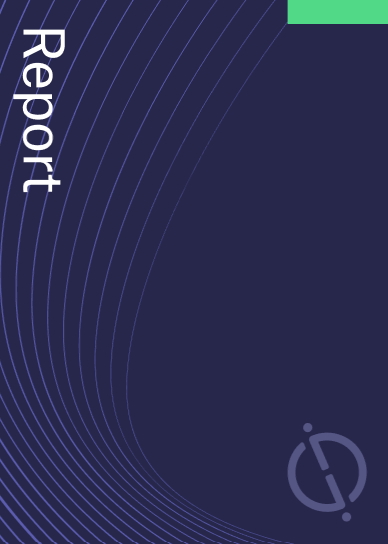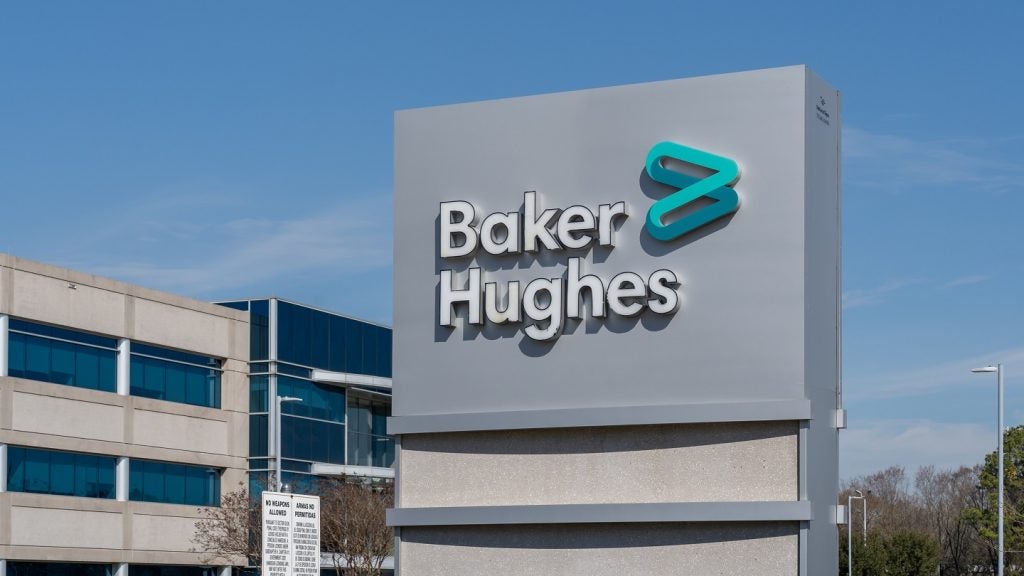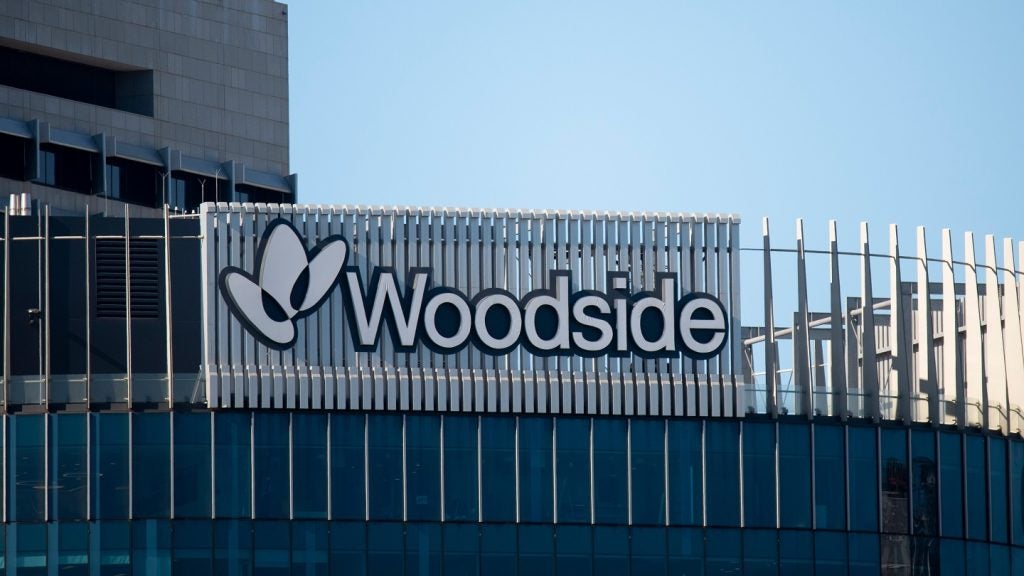Baker Hughes had 36 patents in future of work during Q4 2023.Baker Hughes Co filed patents in Q4 2023 for methods related to additive manufacturing, drilling system orientation determination, and automated reservoir navigation. The additive manufacturing method involves image analysis, build simulation, and machine learning to predict and alter fabrication of layers. The drilling system method determines drill string orientation using sensor readings and magnetic field calculations. The automated reservoir navigation method involves evaluating reservoir architecture, determining discrepancies, and causing navigation adjustments based on the discrepancies. GlobalData’s report on Baker Hughes gives a 360-degreee view of the company including its patenting strategy. Buy the report here.
Baker Hughes grant share with future of work as a theme is 72% in Q4 2023. Grant share is based on the ratio of number of grants to total number of patents.
Recent Patents
Application: Distortion prediction for additive manufacturing using image analysis (Patent ID: US20230342908A1)
See Also:
The patent filed by Baker Hughes Co. describes a method that involves analyzing images of layers in an additive manufacturing process to identify exposed surfaces, conducting build simulations to predict distortions, evaluating influencing factors, and using a machine learning model to predict distortions or re-coater interferences for the next layer. Based on these predictions, actions are taken to adjust the fabrication process for the next layer, such as altering laser power or skipping portions of the layer. The system includes a processing system with a memory and processing device, a camera for capturing images during manufacturing, and the additive manufacturing system itself.
The method and system outlined in the patent aim to improve additive manufacturing processes by utilizing image analysis, build simulations, and machine learning models to predict and mitigate distortions and interferences in subsequent layers. By training the machine learning model with training data and comparing predicted outcomes with actual results, the system can continuously improve accuracy and efficiency in altering the fabrication process. The use of a recurrent neural network as the machine learning model allows for complex pattern recognition and prediction, enhancing the overall effectiveness of the system. Additionally, the system includes components such as a camera for real-time image capture and the ability to adjust laser power or skip portions of layers based on predictions, demonstrating a comprehensive approach to optimizing additive manufacturing processes.
To know more about GlobalData’s detailed insights on Baker Hughes, buy the report here.
Premium Insights
From

The gold standard of business intelligence.
Blending expert knowledge with cutting-edge technology, GlobalData’s unrivalled proprietary data will enable you to decode what’s happening in your market. You can make better informed decisions and gain a future-proof advantage over your competitors.





